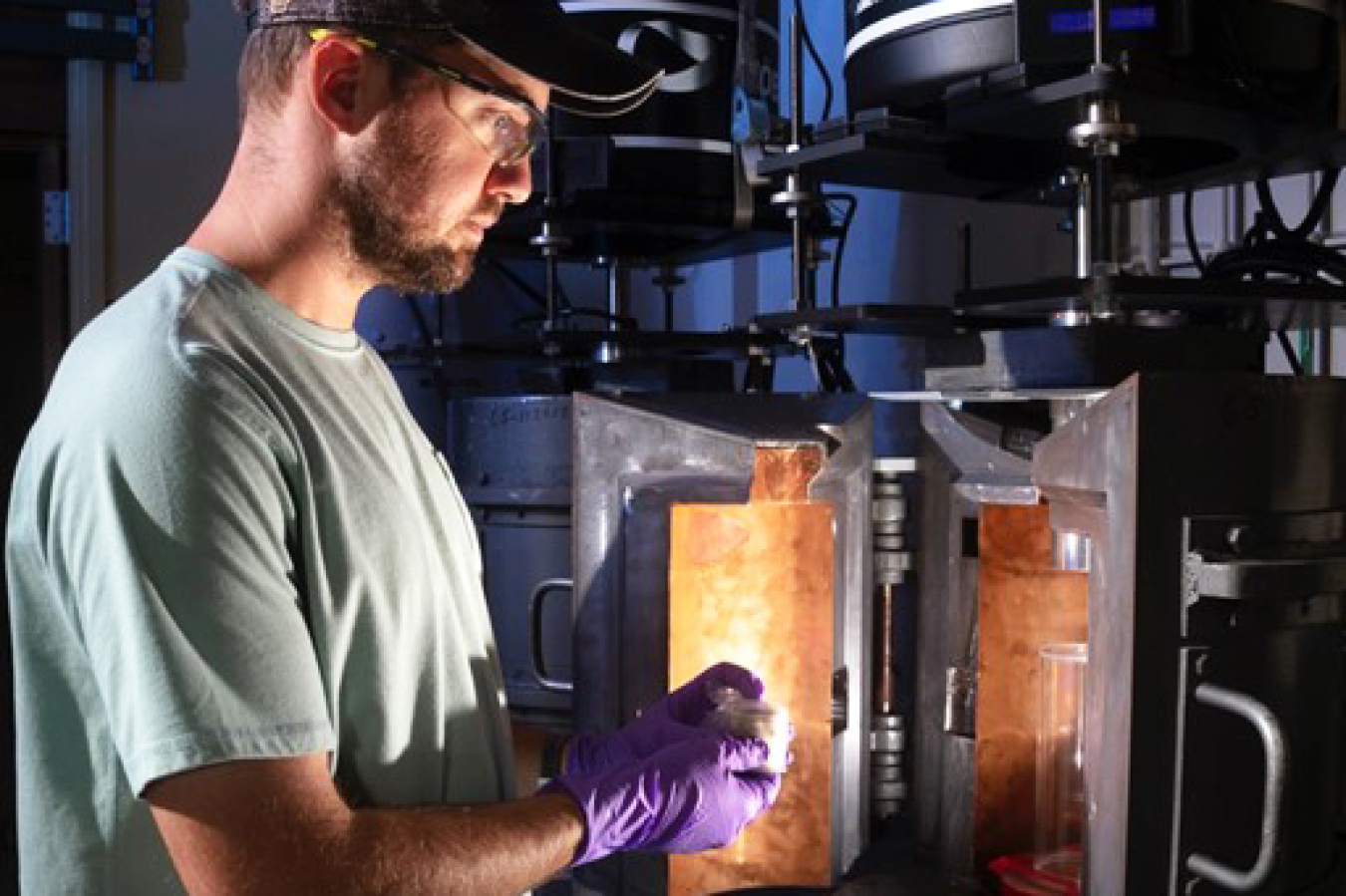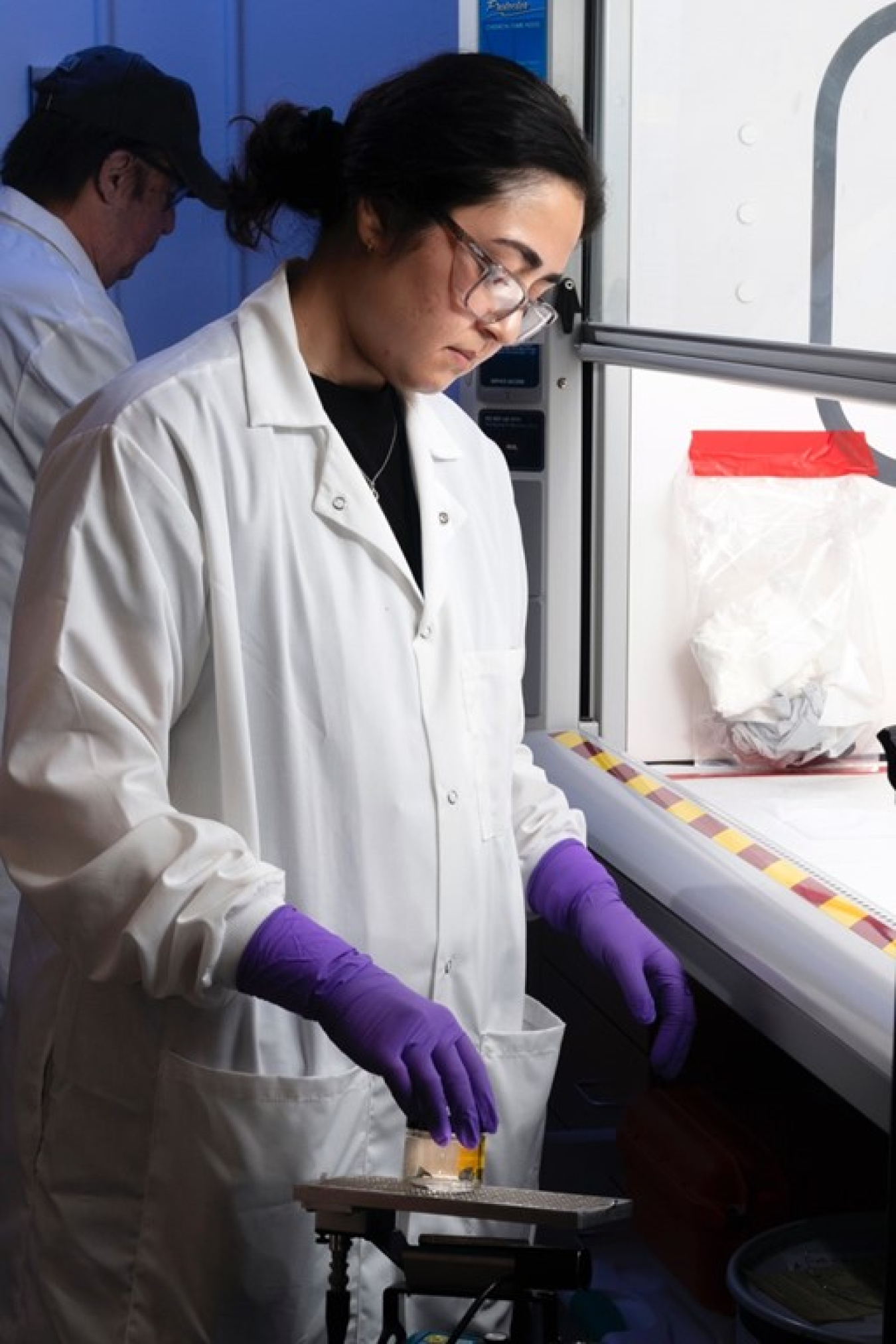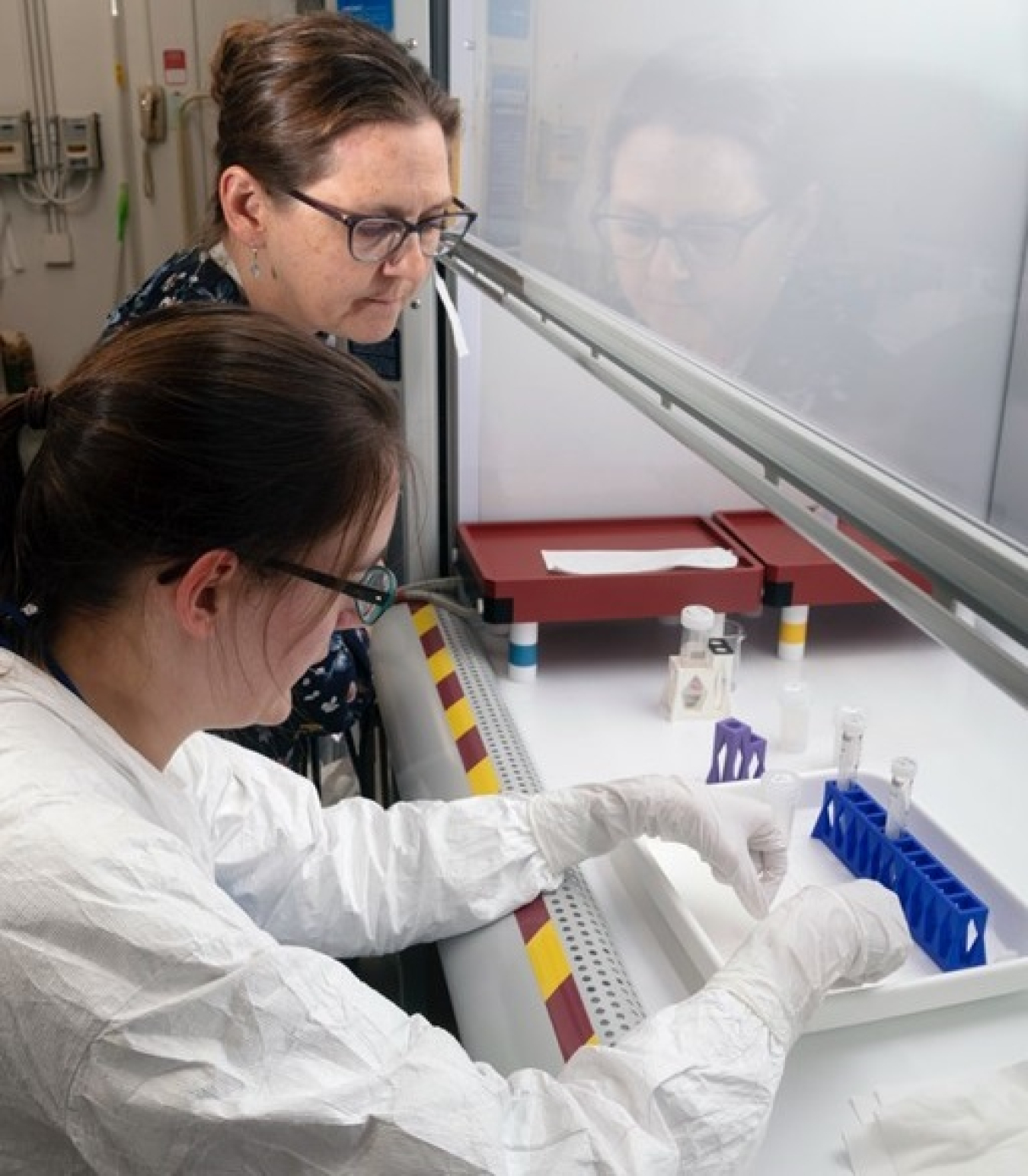If nuclear material were intercepted in the United States, leaders would need to know fast where it came from and who was responsible. Recently NNSA conducted an exercise to demonstrate its nuclear forensics capabilities and answer these questions.
National Nuclear Security Administration
May 8, 2024
If nuclear material or a nuclear device were intercepted in the United States, decision-makers would need to know as quickly as possible where it came from and who was responsible.

With that in mind, NNSA’s Office of Counterterrorism and Counterproliferation recently conducted the Epic Shadow exercise to demonstrate its Nuclear Forensics Material Analysis Program (NF-MAP) capabilities and answer these questions.
The Office of Nuclear Forensics sustains NF-MAP, part of NNSA’s Nuclear Emergency Support Team (NEST), to support national decision-making and law enforcement efforts to attribute nuclear threats.
“NF-MAP delivers timely, specific, state-of-the-art forensic results for nuclear materials found outside regulatory control, whether intercepted, discovered, or taken from an undetonated nuclear device,” said Randall Weidman, acting NF-MAP Program Manager. “We hold Epic Shadow exercises twice a year to stay ready.”
The most recent Epic Shadow exercise scenario involved local law enforcement interception of nuclear material that the fictitious perpetrator intended to use in a nuclear device.

Once it was in custody, the material was transported for analysis to key NNSA facilities: Los Alamos National Laboratory and Lawrence Livermore National Laboratory. Other DOE/NNSA facilities that participate in the National Nuclear Material Archive program within NF-MAP – Oak Ridge National Laboratory, Pacific Northwest National Laboratory, and Y-12 National Security Complex – also played central roles in the exercise. The archive identifies, collects, preserves, and analyzes valuable nuclear specimens to support nuclear forensics.
In this exercise, NF-MAP and archive laboratories successfully received the nuclear material samples and performed comprehensive forensic analyses, including looking for matches with similar material in their records. Finally, NF-MAP leadership and the laboratories compared and discussed their results to validate them.
Results from the NF-MAP laboratories are admissible in a legal proceeding and could underpin national and international responses to a nuclear security event.
“NF-MAP is a vital element of U.S. national security,” said Rick Christensen, Acting Director of the Office of Nuclear Forensics. “When it comes to nuclear materials, our nuclear forensics analysis capability provides a sound scientific foundation for us to figure out who did it and hold them accountable.”
Learn more about NEST, NNSA’s nuclear forensics mission, and NF-MAP.

